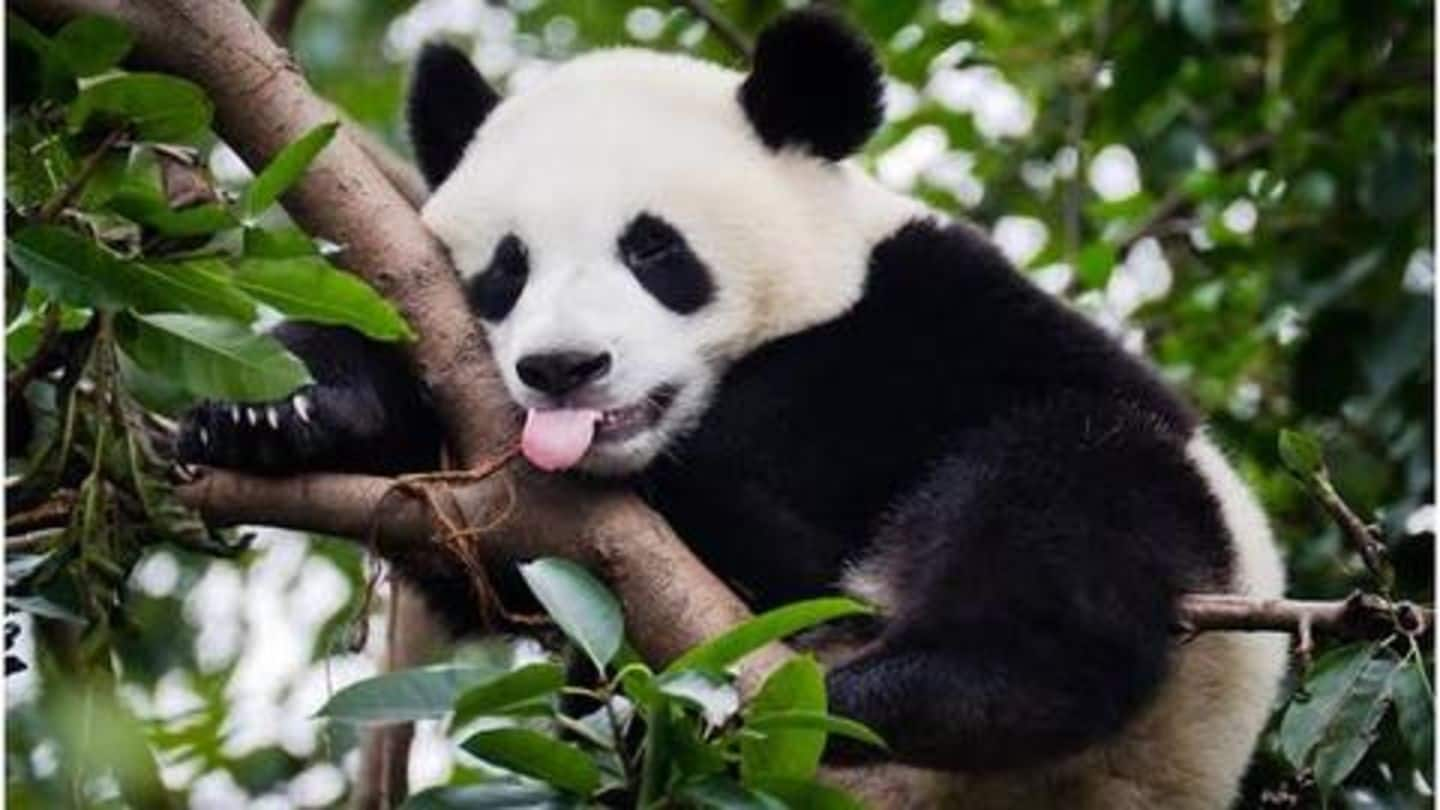
Love pandas? Here are things you should know about them
What's the story
Pandas are undoubtedly one of the most adored creatures on the planet. And why not? That sort of cuteness is to die for.
People across the globe have been found guilty of gushing over pictures of pandas lazing around in the wild.
But do you really know pandas?
Here are some interesting facts about these black-and-white creatures you should know.
Habitat
Where do pandas live?
Yes, we know you find their pictures and clips over social media all the time, but where exactly do giant pandas come from?
Pandas live in bamboo forests in remote mountainous areas of western and central China.
The majority of them can be found in Sichuan province but they also tend to inhabit areas in the neighboring provinces of Shaanxi and Gansu.
Diet
What do pandas eat?
Pandas are omnivores, implying that their diet should ideally consist of both plants and meat.
As it turns out, they munch on bamboo all the time. But since bamboo is low in nutrients, pandas need to eat a lot of it to survive.
In fact, they can spend up to 12-16 hours eating, consuming as much as 20kg of bamboo in a day.
Do you know?
Are pandas social?
Well, not really. Pandas are shy animals and are essentially loners. They detect fellow pandas using their strong sense of smell, and try to avoid them! However, during the breeding season, they actively use their smelling sense to locate females for mating.
Birth
When do pandas give birth?
The female giant panda starts reproducing at the age of 6-7 years. They generally have cubs every two years.
Mating happens between March and May, and the pregnancy lasts for five months.
Furthermore, pandas are born blind, and are very small at the time of birth (1/900th the size of their mothers).
Baby pandas usually stay with their mothers for 18 odd months.
Information
Do pandas hibernate?
Unlike other bears, pandas do not hibernate during winters. However, they might migrate short distances to lower elevations. Why? Because they can't stop eating. Since they get so less nutrition from bamboos, pandas are unable to build fat reserves to last them through the winter.